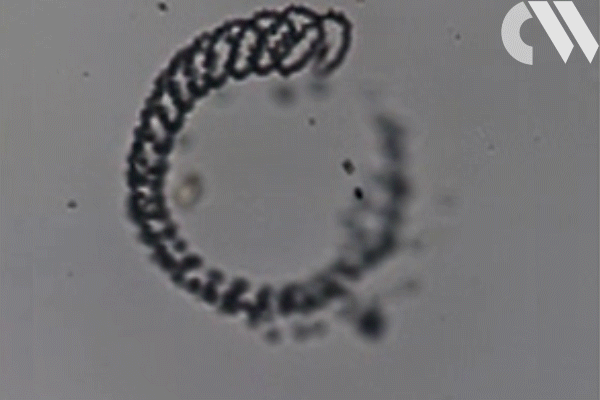Nanoscience – Page 16
-
 Research
ResearchCutting edge chemistry in 2016
We take a look back at some highlights from last year’s chemical science research
-
 Research
ResearchChemoluminescent nanoparticles detect multiple deadly viruses in one go
A detection system can test for multiple viruses in one sample
-
 Research
ResearchSilly Putty gets smart with graphene augmentation
Material is so sensitive to deformation it can pick up the footfalls of a tiny spider
-
 Research
ResearchSpoked wheel polyphenylene rolls into flatland
Structure may act as building block for new class of 2D materials
-
 Research
ResearchDiamonds to track down origins of diseases of ageing
Fluorescent nanodiamonds reveal the inner workings of neurons
-
 News
NewsNanocars gear up for first race of its kind
France will host nanocar competition between six teams from around the world to test unique microscope
-
 Research
ResearchMicrorobot gets to grips with bubbles
Tiny magnetic cube exploits surface tension to carry sub-millimetre objects
-
 Research
ResearchMulti-talented polymer more versatile than sum of its parts
Material with mix-and-match functionalities could be used in smart windows
-

-
 Research
ResearchHalting the flow of microplastics
Most wastewater treatment plants are unable to deal with small litter particles, researchers find
-
 Research
ResearchExplosive-sensing plant lights fuse for nanobionics
Nanotube-modified spinach can detect explosives and give off an IR signal
-
 Research
ResearchMiracle material potential water pollutant
Researchers demonstrate toxic effects of graphene on aquatic life
-

-
 Research
ResearchGood reactions come in small flasks
Flask-shaped silica nanoparticles can be used as miniscule reactors and rockets
-
 Research
Research3...2...1... micro-ignition!
Scientists design microrockets with first ever built-in delayed ignition system
-
 Research
ResearchSurface inspired by moth eyes eliminates reflection
Non-reflective nanostructure could improve the performance of high power lasers
-
 Feature
FeatureSupraheroes
The three winners of this year’s chemistry Nobel gave chemists the tools to make molecules into machines. Emma Stoye assembles the story
-
 Opinion
OpinionA nanocarbon revolution
Twenty years on from the Nobel prize for fullerenes chemists pay tribute to the field Harry Kroto helped to launch
-
 Research
ResearchWhat's your nano poison?
Informatics tool helps researchers visualise complex toxicity datasets
-
 Research
ResearchA new recipe for black phosphorus
Chemists develop a new method to produce supported black phosphorus with applications in catalysis